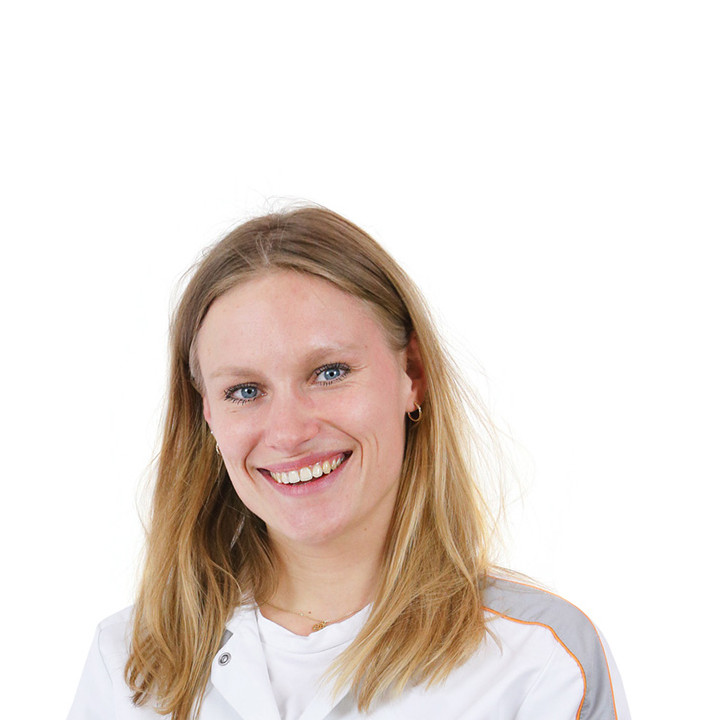Phone +31 (0) 6 25 71 04 88
The survival of childhood cancer has improved considerably over the last decades. Currently, more than 80% of newly diagnosed pediatric cancer patients will survive at least 5 years from diagnosis. As a result, the number of long-term childhood cancer survivors has increased, and chronic treatment-related health conditions such as low bone mineral density (BMD) and frailty have become more prominent. The prevalence of BMD deficits among survivors ranges from approximately 20-60% and is associated with an increased rate of fractures. Bone toxicity that occurs mainly during therapy such as osteonecrosis (in 2—10% of the patients during acute lymphoblastic leukemia treatment) may aggravate BMD decline and also lead to debilitating long-term sequelae. These sequelae include pain, fractures and functional impairment, leading to a decreased quality of life. Also, survivors carry an increased risk of accelerated aging. This phenotype consists of five components (unintentional weight loss, exhaustion, low physical activity, slow walking speed and muscle weakness) and is referred to as frailty in the elderly. It is estimated to occur in about 10% of young adult survivors. Since the survival rates of childhood cancer have risen, it is time to also turn the attention to improving the quality of that survival. With our research, we hope to create insight in the (modifiable) risk factors of bone toxicity and frailty and develop rationale for screening and treatment options for these side-effects.



